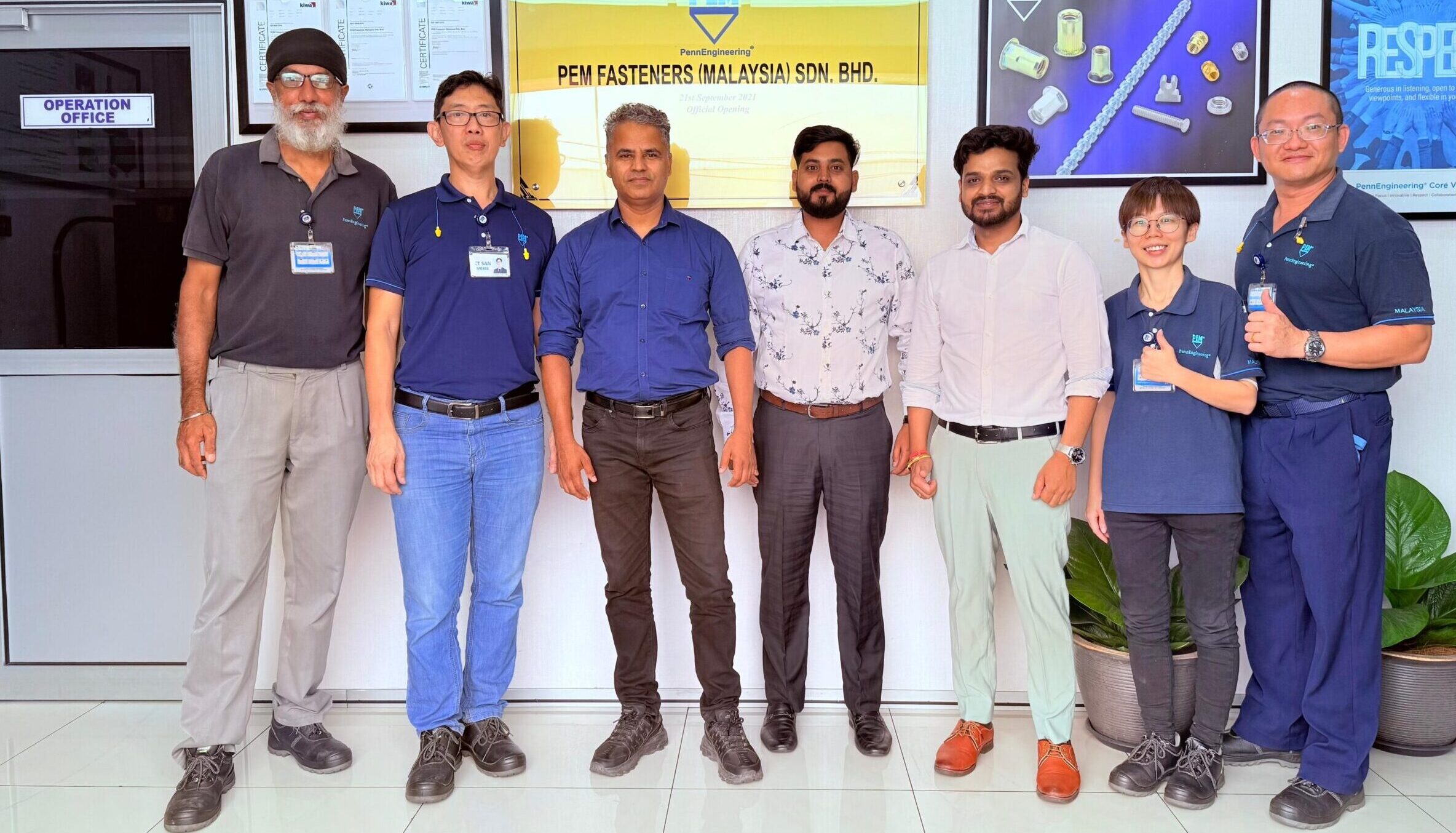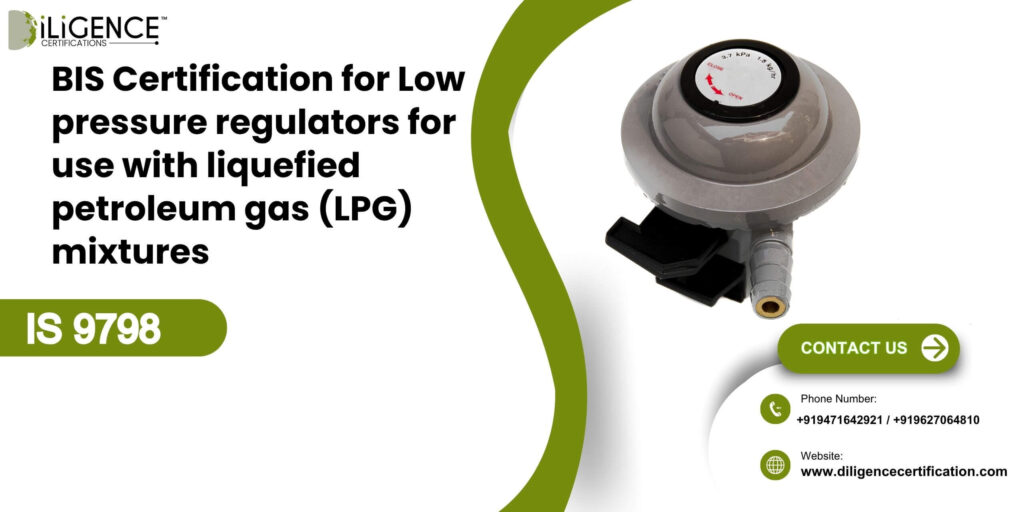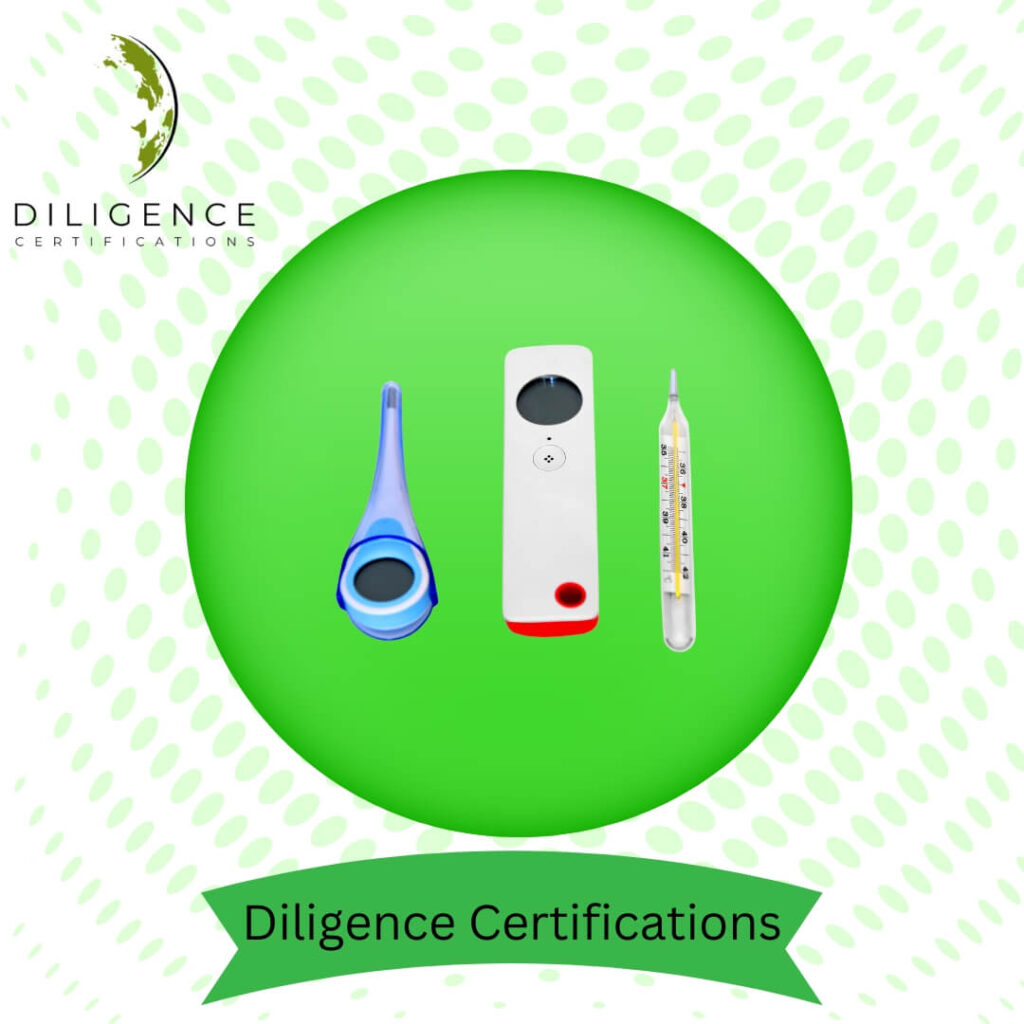
Introduction
Clinical thermometers are standard instruments used in day-to-day medical practice: they help monitor whether a patient has an increased body temperature. In fact, an accurate measurement of the human body temperature will provide detailed information about the health status of a person. Accurately measuring human body temperature with an efficient thermometer becomes vital in treating fevers caused by infections, tracing the patient’s recovery after surgery, and other similar conditions like hyperthermia or hypothermia.
What is IS 3055 (Part 2) : 2004?
This Indian Standard specifies the construction requirements, materials, performance standards, and marking instructions for mercury-in-glass clinical thermometers with enclosed scales. These thermometers, easily recognizable by their encapsulated capillary tube, are widely used for measuring body temperature orally, rectally, or axillary. The standard ensures the thermometers are consistent in their readings, safe for use, and durable for long-term reliability.
The Role of Certification in Quality Assurance
Certification thus stands out as a cardinal component of the medical device industry which assures the safety and quality of a product to a healthcare provider, a manufacturer, and an end-user alike. Diligence certification, according to the IS 3055 (Part 2) standard, is the official recognition that a thermometer is up to par with the quality requirements of the Bureau of Indian Standards (BIS). This recognition is the prerequisite for manufacturers to market any thermometer in Indian territory, thus assuring that its thermometers are reliable and worthy for the medical use.
Types of Clinical Thermometers Covered Under IS 3055 (Part 2) : 2004
It IS 3055 (Part 2) : 2004, which mainly talks about enclosed scale type clinical thermometers, and is also concerned about other types of thermometers which are commonly found in the clinical set-up. Most of which are employed according to their individual designs and working principles. The enclosed scale type is one of the most commonly used thermometers in medical practice, which comes specifically under the IS 3055 (Part 2).
The following are some important forms of thermometers in use at present:
- Mercury-in-Glass Thermometers:
- These thermometers consist of mercury sealed into a glass tube with a fixed scale, and as the temperature rises, so does the mercury, allowing the user to read it.
- They’re extremely accurate but are being used by fewer and fewer practitioners because of the toxicity of mercury contained in them.
- Alcohol-in-Glass Thermometers:
- Besides using mercury, alcohol is used in glass thermometers. Alcohol is clear and dyed to give visibility, and is less toxic than mercury so these thermometers are much safer to use.
- These are usually utilized for measuring body temperature for clinical purposes.
- Digital Thermometers.
- These thermometers are for obtaining digital readings, which use operational sensors to record the body temperature via electronic reads.
- This, like, has no consideration under IS 3055 (Part 2) as it does typically not measure on the enclosed scale type; however, they are growing in popularity in the hands of health care professionals as they make their jobs simple and easy.
- Infrared Thermometers:
- Infrared is used to measure temperature in these thermometers; generally, body temperature uses infrared radiation emitted from the skin.
- Although they are among non-invasive and fast modalities, they are again excluded from IS 3055 (Part 2) since this deals with enclosed scale types only. But their much popularity at the moment has added to their prominence.
Key Highlights of IS 3055 (Part 2): 2004
| Feature | Description |
|---|---|
| Construction | Specifies the materials, dimensions, and assembly of the thermometer |
| Scale Ranges | Defines the temperature ranges that the thermometer must measure correctly (typically 35°C to 42°C) |
| Scale Divisions | Prescribes the size and readability of the scale markings (usually in 0.1°C or 0.2°F increments) |
| Accuracy | Sets the permissible error limits for temperature readings |
| Materials | Specifies the type of glass, mercury, and other materials deemed safe for medical use |
| Enclosed Scale | Mandates the mercury column and scale to be fully enclosed for safety and durability |
| Annealing & Stress | Requirements for annealing the glass to relieve stress and prevent breakage |
| Marking & Labelling | Outlines necessary markings such as manufacturer name, model number, and temperature range. |
| Mercury Receding Test | Specifies the test for the thermometer to ensure the receding of mercury after taking the measurement |
Key Components of IS 3055 (Part 2) : 2004
1.Scheme of Inspection and Testing: The Scheme of Inspection and Testing (SIT) forms an integral part of IS 3055 (Part 2) : 2004. It sets out test frequencies and scope of tests to be conducted on clinical thermometers to confirm their quality compliance.
These include type tests as well as routine tests:
- Type Tests are more comprehensive and have to be carried out on samples before mass production. They relate to general features like temperature range, accuracy, and quality of material used.
- Routine Tests are performed periodically, during production, to ensure that every unit meets required specifications as this test is less exhaustive than type test but essential to product consistency.
- Important tests included in the Scheme of Inspection and Testing for clinical thermometers under IS 3055 (Part 2) are:
- Accuracy Test: To ensure that the thermometer gives correct temperature readings within the specified tolerances.
- Durability Test: Checking whether the thermometer can withstand mechanical and physical stresses like drops or pressure without being damaged.
- Liquid Column Test: For liquid-in-glass thermometers, the column of liquid should remain intact, not leak, or break under normal use conditions.
- Marking Test: Checking that scale markings on the thermometer are legible, durable and placed correctly.
- Environmental Stress Test: Checking if the thermometer would function under all environmental conditions (high/low temperature, humidity).
2. List of Test Equipment: These are specific testing equipment according to IS 3055 (Part 2): 2004 standards for conducting inspections and tests. The proper functioning of test equipment contributes a lot to the accuracy and precision of the thermometers.
Some of the essential test equipment needed for testing clinical thermometers are:
- Precision Thermometer: It is used to verify the accuracy of clinical thermometers at different temperatures.
- Thermostatic Bath: To establish a controlled environment for stabilizing temperatures to evaluate the performance of clinical thermometers under varied thermal conditions.
- Calibration Equipment: For calibrating thermometers with reference to standard values in terms of readings.
- Measurement Tools: Include micrometers, rulers, and gauges for ensuring the proper sizing of the thermometer.
- Drop Test Apparatus: Used to simulate that mechanical impact or stress which thermometers are likely to experience during normal operations, thus enabling the assessment of impact resistance of the thermometer.
- Humidity Chambers: Simulating the high humidity effects on the performance of the thermometer.
- Vacuum Pumps or Pressure Chambers: To test the endurance of the thermometer to pressure and vacuum, especially for those enclosed glass scales.
The BIS Certification Process for Clinical Thermometers
The Bureau of Indian Standards (BIS) is the national standards body of India, and BIS Certification for Clinical Thermometers is mandatory to ensure regulatory compliance and patient safety. The process typically involves:
- Application: Manufacturers submit an application to BIS for certification.
- Factory Inspection: BIS officials inspect the manufacturing facility to assess the implementation of quality control systems.
- Sample Testing: Thermometer samples are tested in a BIS-recognized laboratory to verify compliance with IS 3055 (Part 2) : 2004.
- Grant of License: Upon satisfactory compliance, BIS grants a license allowing the manufacturer to use the BIS Standard Mark on their products.
- Continuous Surveillance: BIS conducts regular surveillance to ensure ongoing compliance with the standard.

IS 3055 (Part 2): 2004 Effects on Healthcare Providers and Patients
For a healthcare provider, the accuracy of a clinical thermometer is very important; it directly impacts the patient. It may be measuring a child’s temperature during a regular checkup, or it can be assessing a critical patient in an emergency, and accurate temperature readings go a long way in determining the correct treatment protocol.
A thermometer that tends to provide wrong readings all the time might lead to misdiagnosis or even delay the appropriate treatment. For example, a fever might be missed because of a faulty thermometer or, on the contrary, it might be mistaken as mild. Because of the compliance to the standards of IS 3055 (Part 2), which ensures that all the thermometers used in the clinical environments are thoroughly tested and accurate, there is less possibility of this risk.
For patients, especially those in critical care with continuous monitoring, clinical thermometer readings play a significant role. A faulty monitor can spell doom in conditions that are very specific or time-sensitive in their management, such as temperature monitoring immediately post-surgery or fever management in pediatrics.
Conclusion
The standard IS 3055 (Part 2) : 2004 acts as an important guiding framework for the quality assurance, accuracy, and reliability of closed scale clinical thermometers in medical settings. For manufacturers, this means that their medical devices will be tested and made safe for the consumption of the public by virtue of this standard.
The adherence to IS 3055 (Part 2) : 2004 is indispensable for manufacturing clinical thermometers that are accurate, safe, and reliable. The collaborative roles of BIS Certification for Clinical Thermometers and Diligence Certifications create a robust framework for safeguarding the quality and performance of these essential medical devices. By seeking out certified thermometers, healthcare professionals and consumers can be assured they are using a product that meets the highest standards, ultimately contributing to better health outcomes. This system of standardization and compliance plays a vital role in public safety and healthcare management.








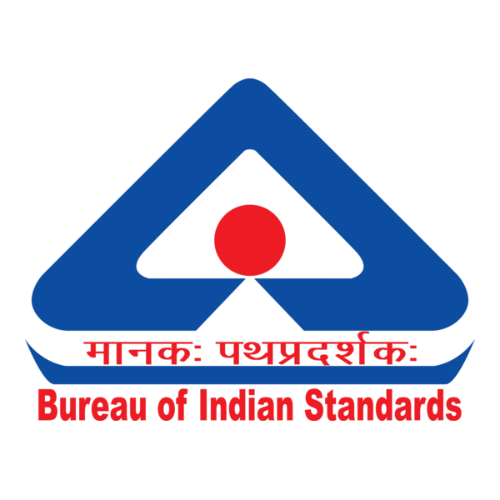 BIS Certification
BIS Certification
 CDSCO
CDSCO
 CPCB
CPCB
 LMPC
LMPC
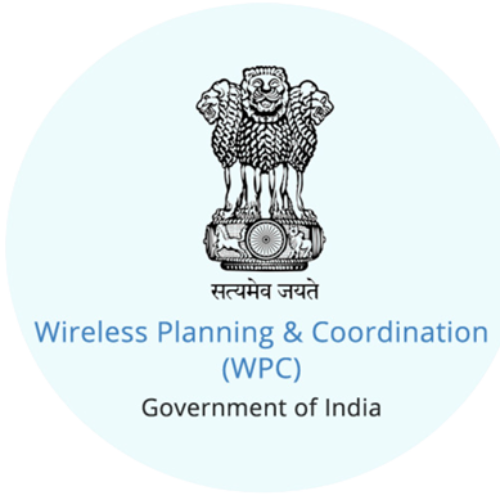 WPC Approval
WPC Approval
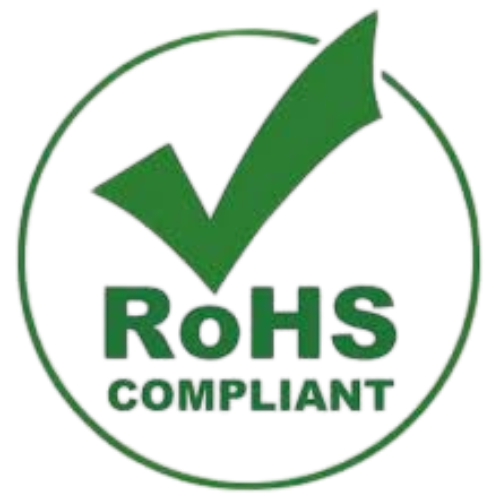 Global Approvals
Global Approvals
 TEC
TEC
 ARAI
ARAI
 BEE
BEE
 ISO Certification
ISO Certification
 Drone Registration
Drone Registration
 NOC For Steel
NOC For Steel



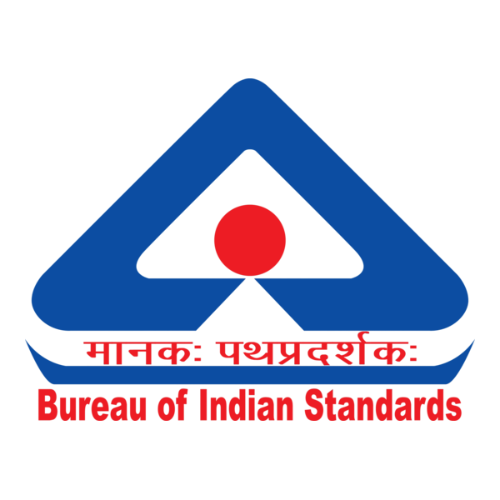




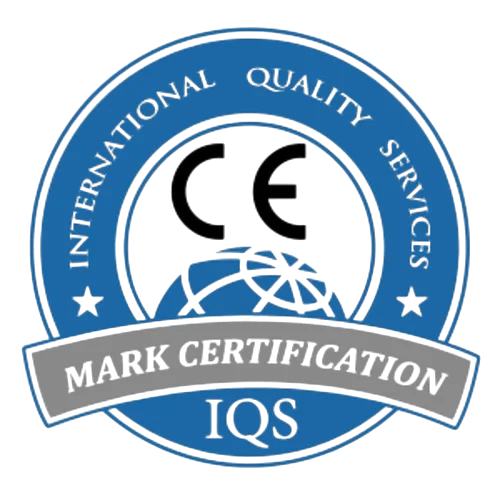




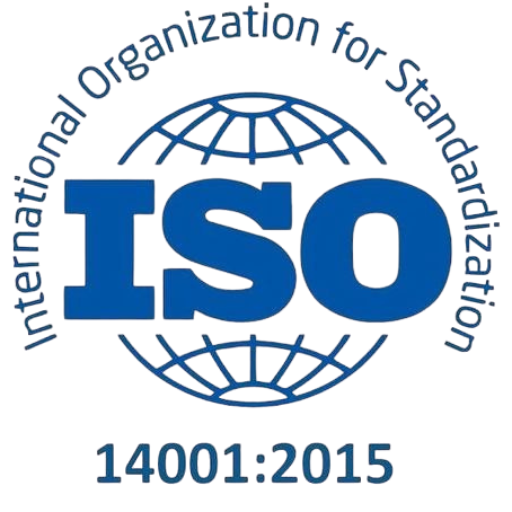
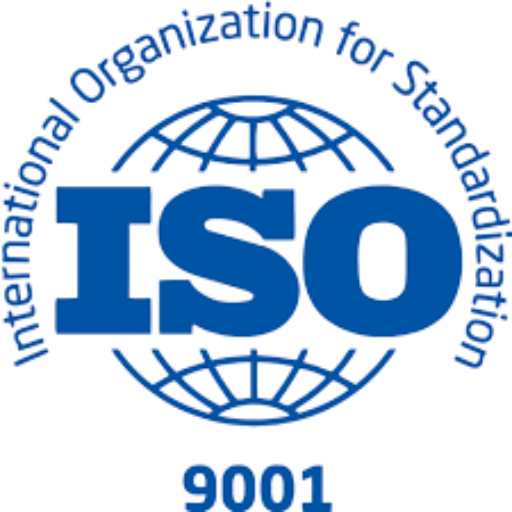
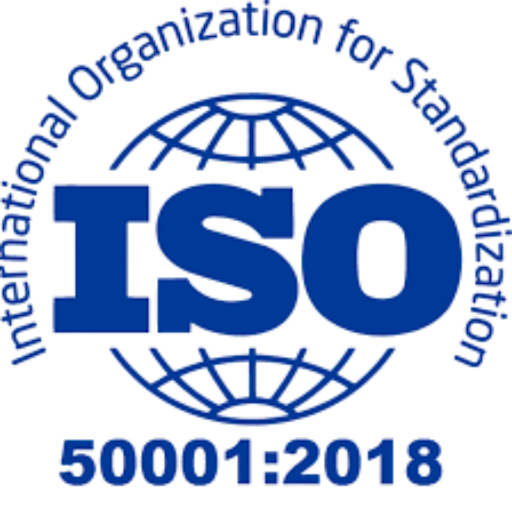
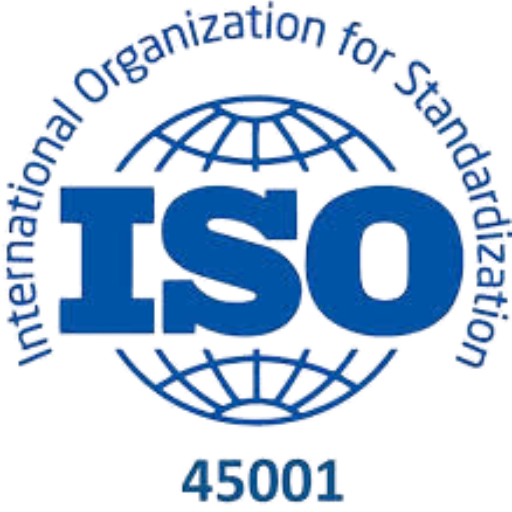
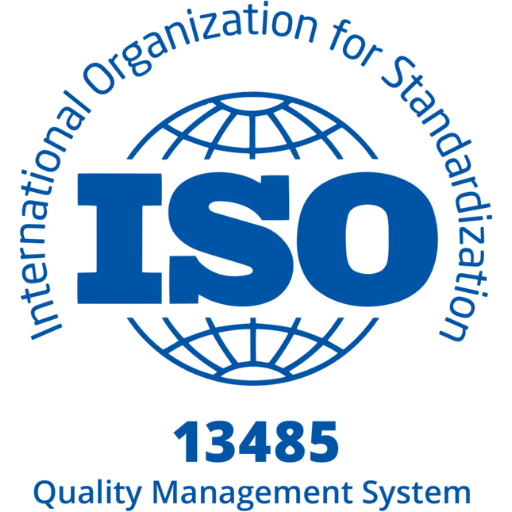
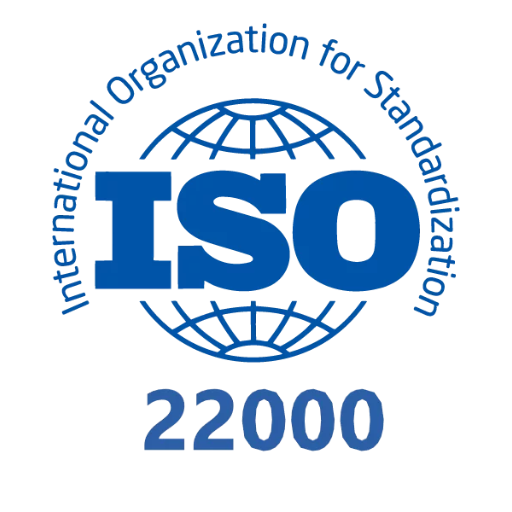
 Business Registration
Business Registration





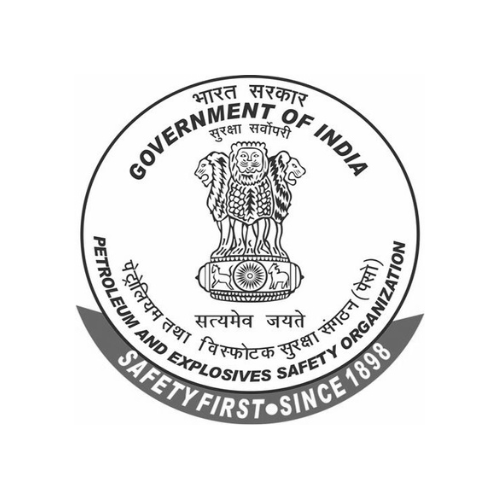









 Legal Services
Legal Services















